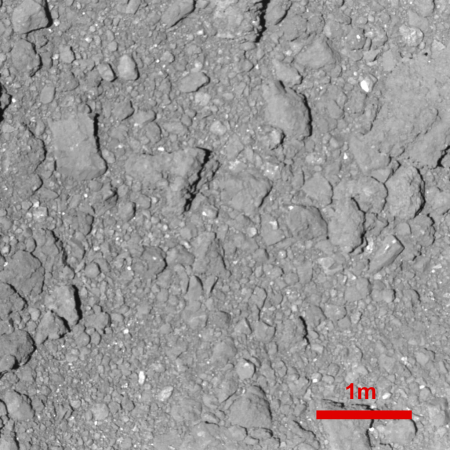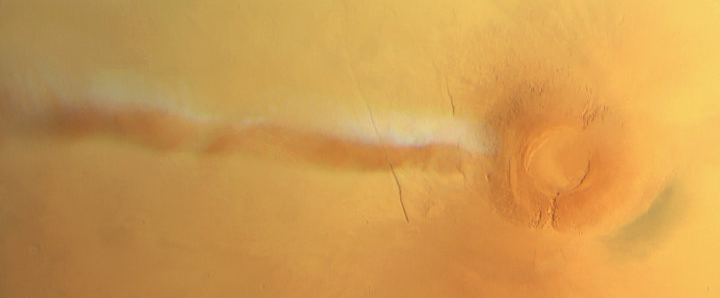Curiosity resumes science operations
Though NASA has yet to announce this officially, Curiosity’s science team has made it clear that they are in the process this week of resuming full science operations.
Today was the first day of planning with the full science team since Curiosity had an anomaly on sol 2172. It has been a over a month since we last looked at the “workspace,” the region in front of the rover that the arm can reach, and there were some surprises in store for us! Before the anomaly, the rock was covered with gray-colored tailings from our failed attempt to drill the “Inverness” target, as seen in the Mastcam image from sol 2170. In the new image above, however, those tailings are now gone – and so is a lot of the dark brown soil and reddish dust. So while Curiosity has been sitting still, the winds have been moving, sweeping the workspace clean.
Those operations can also be seen in the images the rover is sending down. For the first time in almost six weeks images are arriving daily, from multiple cameras, and in large numbers.
What we yet don’t have is a detailed description outlining why it took so long to get the second computer up and running, and what they are doing, if anything, to repair the computer that produced the problems last month.
Though NASA has yet to announce this officially, Curiosity’s science team has made it clear that they are in the process this week of resuming full science operations.
Today was the first day of planning with the full science team since Curiosity had an anomaly on sol 2172. It has been a over a month since we last looked at the “workspace,” the region in front of the rover that the arm can reach, and there were some surprises in store for us! Before the anomaly, the rock was covered with gray-colored tailings from our failed attempt to drill the “Inverness” target, as seen in the Mastcam image from sol 2170. In the new image above, however, those tailings are now gone – and so is a lot of the dark brown soil and reddish dust. So while Curiosity has been sitting still, the winds have been moving, sweeping the workspace clean.
Those operations can also be seen in the images the rover is sending down. For the first time in almost six weeks images are arriving daily, from multiple cameras, and in large numbers.
What we yet don’t have is a detailed description outlining why it took so long to get the second computer up and running, and what they are doing, if anything, to repair the computer that produced the problems last month.





